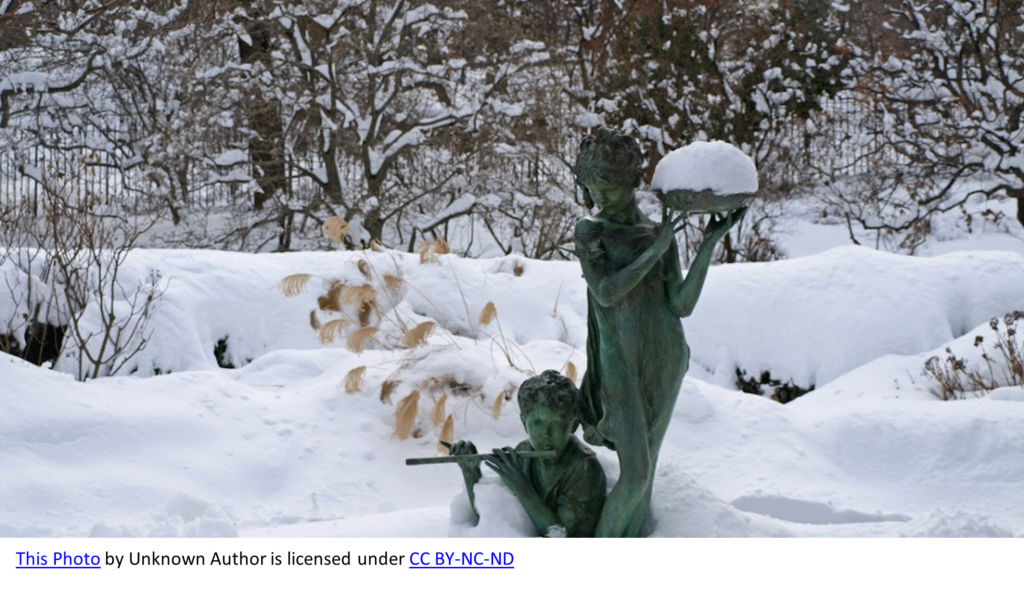Cutting Back
Most perennials can be cut back in fall, though some (like ornamental grasses) prefer to remain standing for the winter. Those left standing encourage snow to gather around their base, to help insulate the roots from the cold weather. Another benefit to waiting for spring to cut back the garden is that many serve as food and shelter for birds and beneficial insects.
And finally, think about those plants that contribute to the winter garden. The winter garden? Yes! By leaving those plants the have persisting seedheads and foliage you can enjoy the structure of your garden in a way you won’t see in any other season. There is something satisfying about watching the lovely, sculptural attributes of plants in their winter dormancy.
For any plants that will be cut back or pruned, wait until frost has caused the plants to die back. You don’t want to encourage new tender growth that will quickly die in cold weather, as this can weaken the entire plant! Also, don’t prune woody plants, trees, and shrubs until they are completely dormant. If there are any that are diseased or have pest problems, dispose of the debris rather than composting it.
Cleaning
It’s time to pull out any dead or declining annual plants. They might still look okay, but as annuals it is only a matter of time before they will be gone. And they aren’t surviving to come back next spring.
Fall is also the time to finish cleaning or even start cleaning overgrown areas, remove weeds and other unwanted plants and get rid of brush and other yard waste. Anything left in place for the winter invites unwanted pests and diseases.
One more thing! Don’t forget about cleaning your garden tools! It is so tempting to wait until spring to take care of your outdoor items, but its better to put everything away clean and in good shape so its ready for you next season. Bring everything that doesn’t need to be out in the elements to a clean, dry place, such as a shed or garage. It helps these items to last longer and keeps them clean. Hose down tools, empty pots, garden stakes and other items. Disinfect if necessary. Sharpen tools before storage and give them a light, protective finish of lubricating oil spray.
Prep for Spring
As you are cleaning for the season, label any new additions to the garden, so you will have a reminder, come spring. And tag any plants you want to divide as well. Winter is long here and it’s easy to forget.
It’s also not too late to add compost to your planting beds. Late fall is a great time to do this, as the freezing and thawing over winter will work some of the compost into the soil for you.
Fall is also a good time to test soil PH. Any amendments needed can be slow acting, so adding them in the fall will make the soil ready for spring.
Protecting
Consider a protective mulch for the winter, especially for anything that is marginally hardy or has been planted or moved in late summer or fall. The best time to do this is after the ground has frozen, usually around Thanksgiving, here in Wisconsin. Shredded leaves, clean straw and evergreen branches are all good options. These should not be removed until there are signs of growth in the spring, and then only the layer that can be removed easily. Leave some mulch as protection from spring frosts, which can be as late as the end of May.

